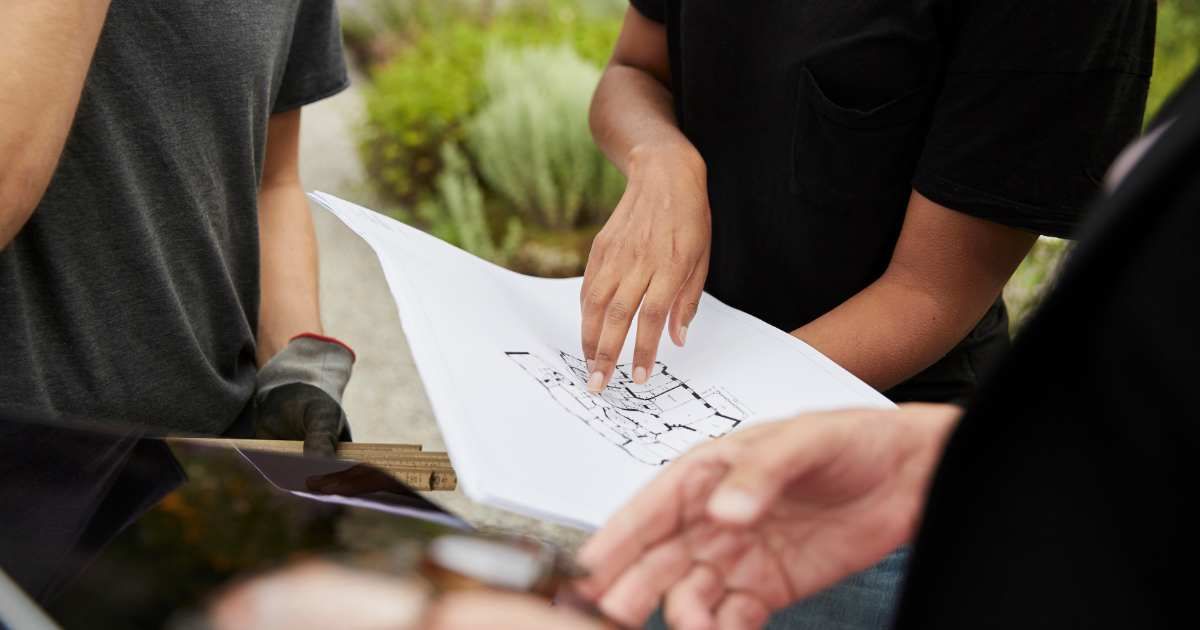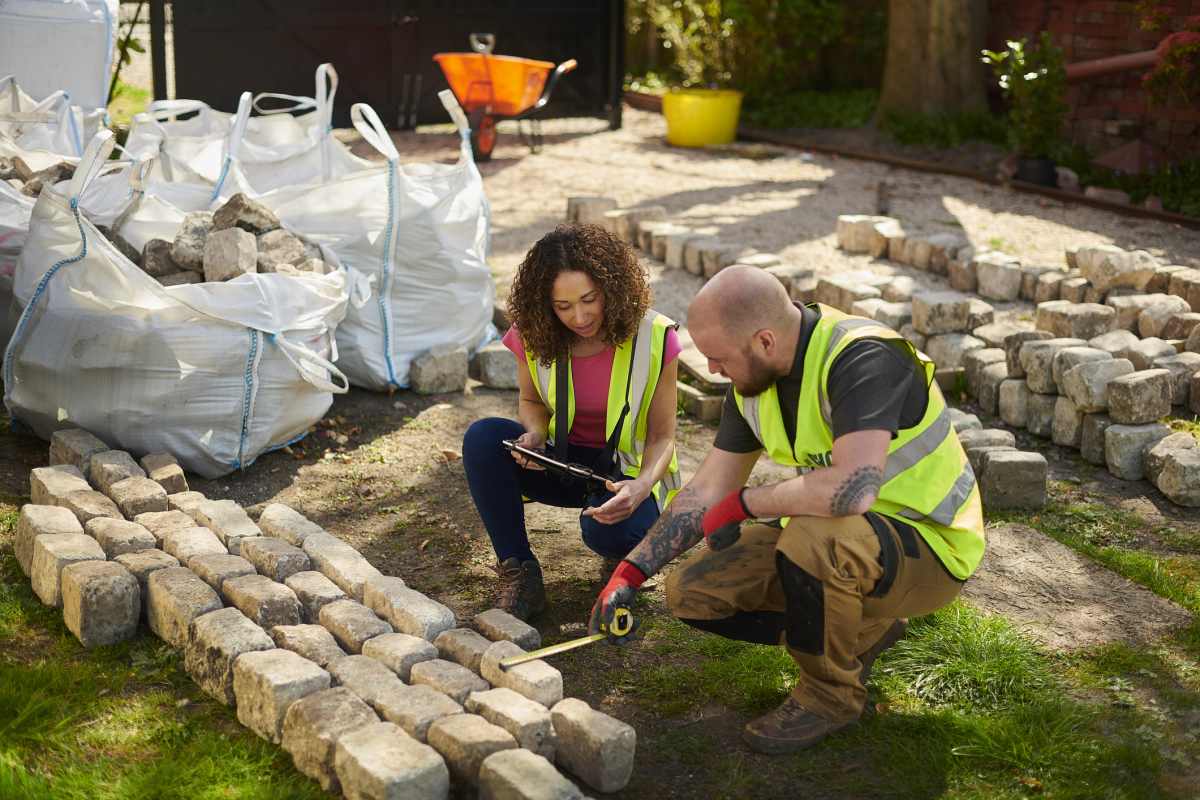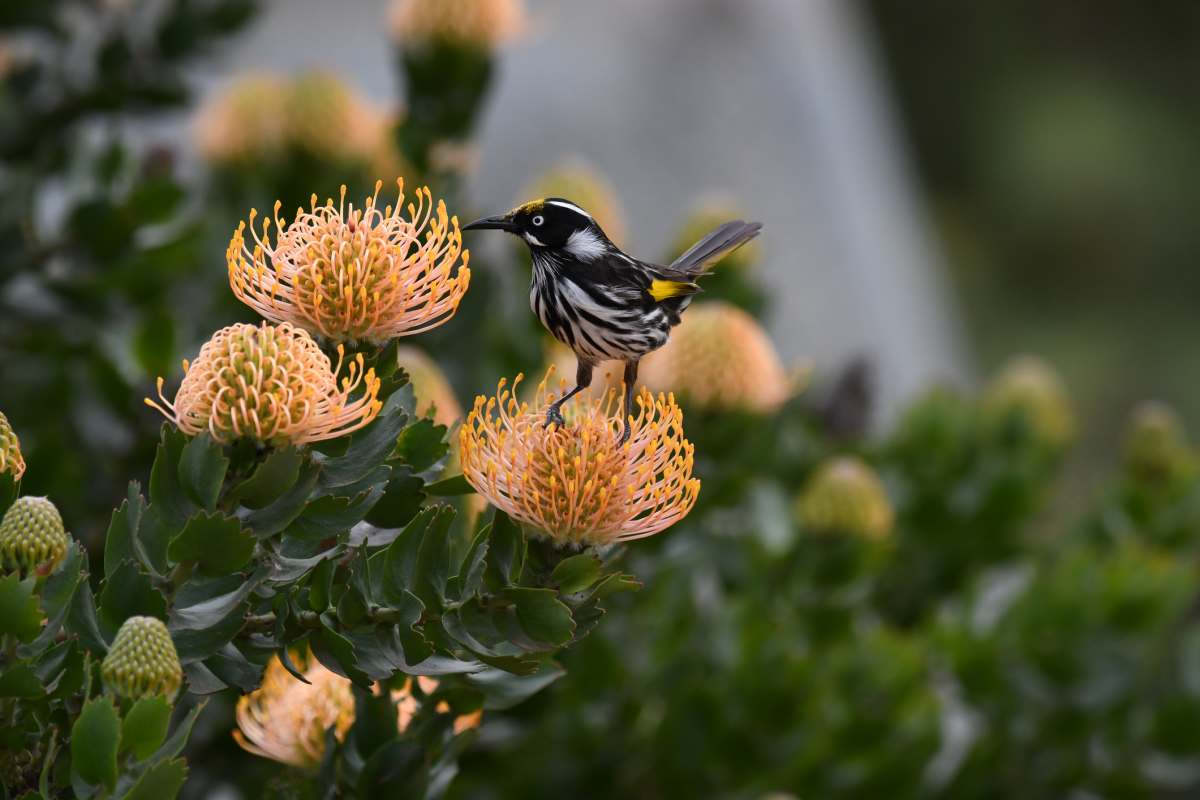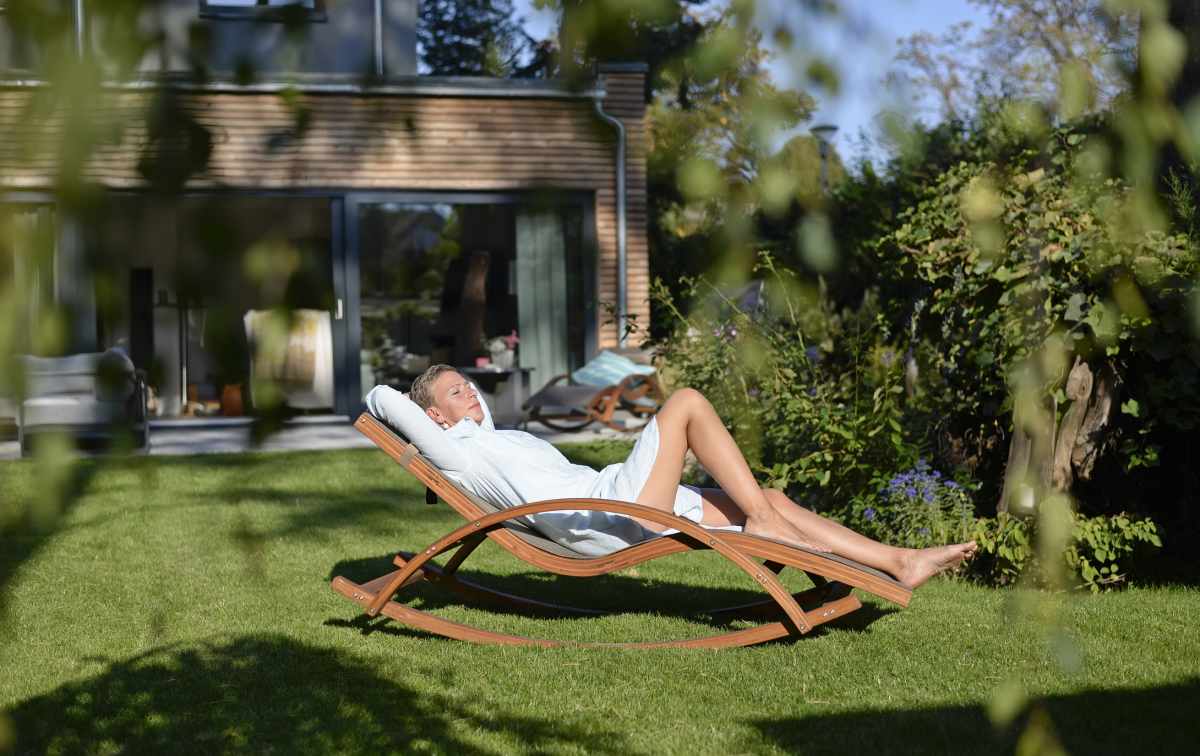You Can Now Download a Free Layout to Build a Native-Plant Garden Customized for Your Region

Imagine someone trying to boil noodles in a coffee machine or plugging an air fryer to make a cup of tea. Not to be harsh, but this is exactly what zillions of Americans are doing these days with their gardens. Propelled by the great American dream that includes perfectly manicured lawns, many homeowners are swapping native plants with stylish, foreign candidates. Not to say that these stylish plants are bad. The only thing is, a plant belongs best in a place that is its home. Wild Ones, a non-profit organization, has rolled out a collection of landscape designs people can download for free to start their native plant garden.

Why do native plants matter?
View this post on Instagram
Asking this question is like asking why you should not build your house on the mouth of a volcano. Precisely because every living thing requires appropriate conditions to survive and grow, so do the ecosystems. As America gravitates towards urbanization, the obsession with perfect, velvety lawns clouds the intellects of its residents. As a result, people can’t see how their love for glamorous lawns is slowly disrupting and weakening the environment and ecosystem.

Unlike native plants, foreign candidates can't support the local pollinators and wildlife. This means, if there are no native plants in a garden, the population of pollinators also shrinks. Take native oak trees, for instance. In a conversation with the National Audubon Society, entomologist Doug Tallamy describes that these native oaks support over 500 species of caterpillars. On the other side, ginkgos, a foreign candidate from Asia, can host only 5 species of caterpillars. This information is alarming given the fact that just one brood of chickadees requires over 6,000 caterpillars to grow. Monarch butterflies also thrive on native plants.
Urbanization is disrupting the ecosystem

Perfect, manicured yards have become symbols of the great American dream. To show off a tuft of meticulously trimmed grass indicates pride and social status. However, when looked at from the perspective of an environmental scientist, these groomed lawns are physical disguises for ecological disasters. Behind their stylish face, nature silently weeps to restore its balance. Without native plants, the gardens, though glossed out, are lifeless from the inside. No birds or animals love to visit them for pollination or feeding.
View this post on Instagram
Sadly, every 30 seconds, America loses a football field’s worth of natural area. This has been happening since 2001, and if the tragic trend continues, it won’t be long enough when a South Dakota-sized expanse of the country’s green space disappears. Turns out, this is bound to happen sometime between today and 2050. The situation is made worse through massive habitat destruction, pesticide use, and climate change. This is where you recall your good old friends, the native plants.
Download native plant garden designs
View this post on Instagram
To reinforce the idea of bringing along native plants to the gardens, Wild Ones also shared detailed maps containing dozens of eco-regions. The map includes information about the “Hardiness Zone,” a metric that tells whether a plant, native, non-native, or invasive, is likely to survive in a particular garden environment. Each city design was created by a different landscape designer.
View this post on Instagram
“We can no longer leave conservation to the conservationists," said Tallamy, who is also the Lifetime Honorary Director at Wild Ones. “We must now act collectively to put our ecosystems back together again,” he added. Wild Ones Executive Director Jen Ainsworth also added, “We hope our native garden plans inspire, encourage, and motivate individuals throughout the United States to make this important shift in their approach to landscaping. Nature depends on the participation of all of us.”
More on Green Matters
This Nursery Opens Once a Year to Sell Native Plants for Less Than $1 — and Helps Preserve Ecosystem
Gardening Experts Swear By the ‘Meadowscaping’ Trend That Promises to Restore Ecosystem Health
This Futuristic Garden Helps You Grow Vegetables Indoors Using Fog — You Just Have to Plug It In